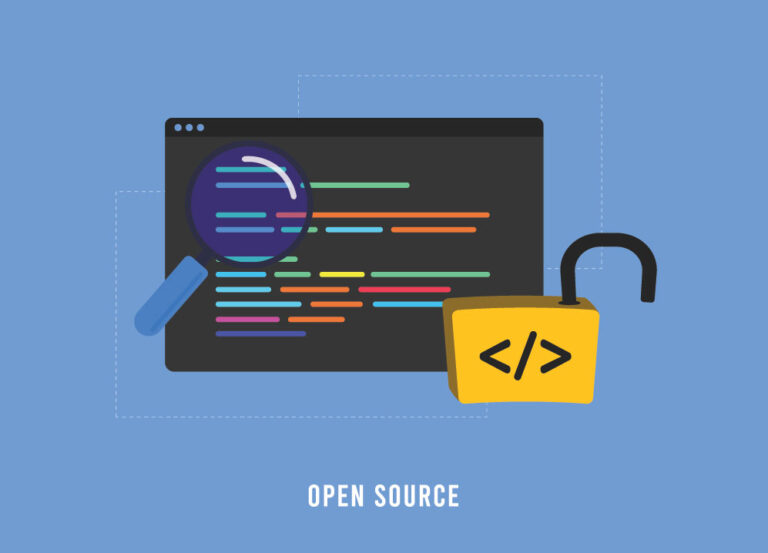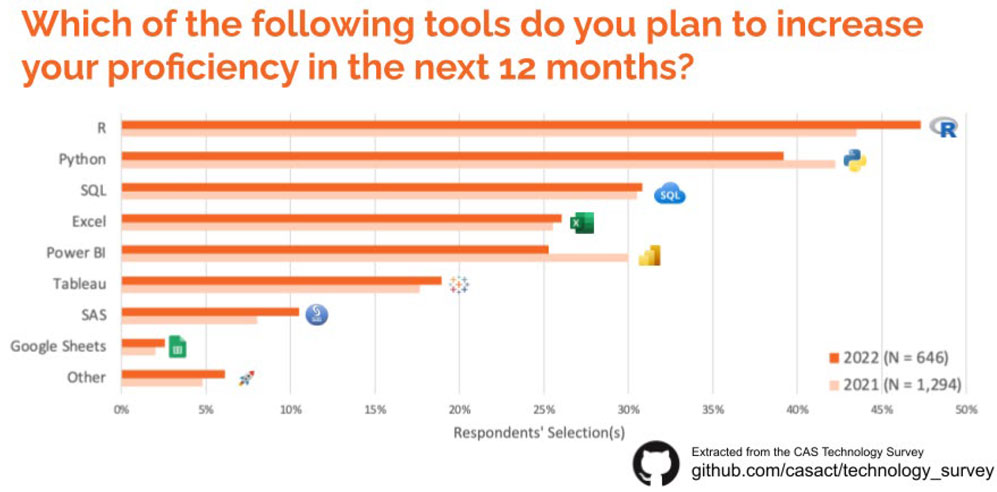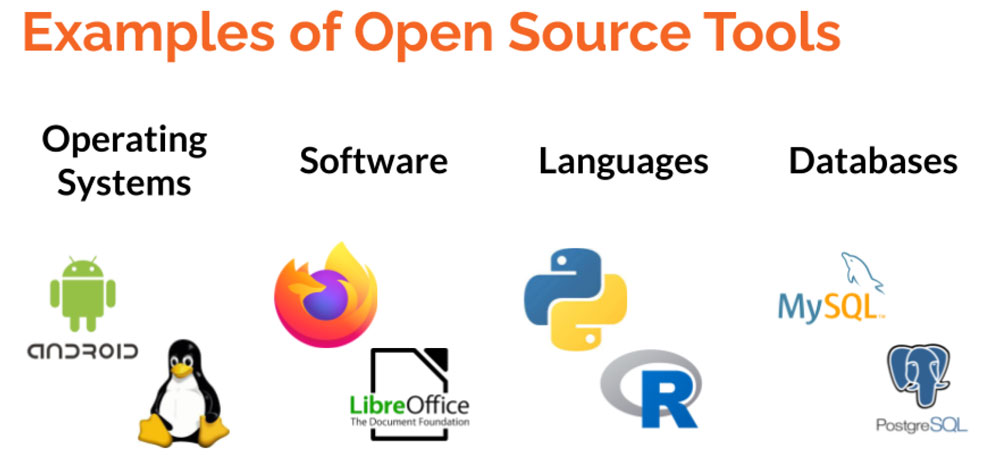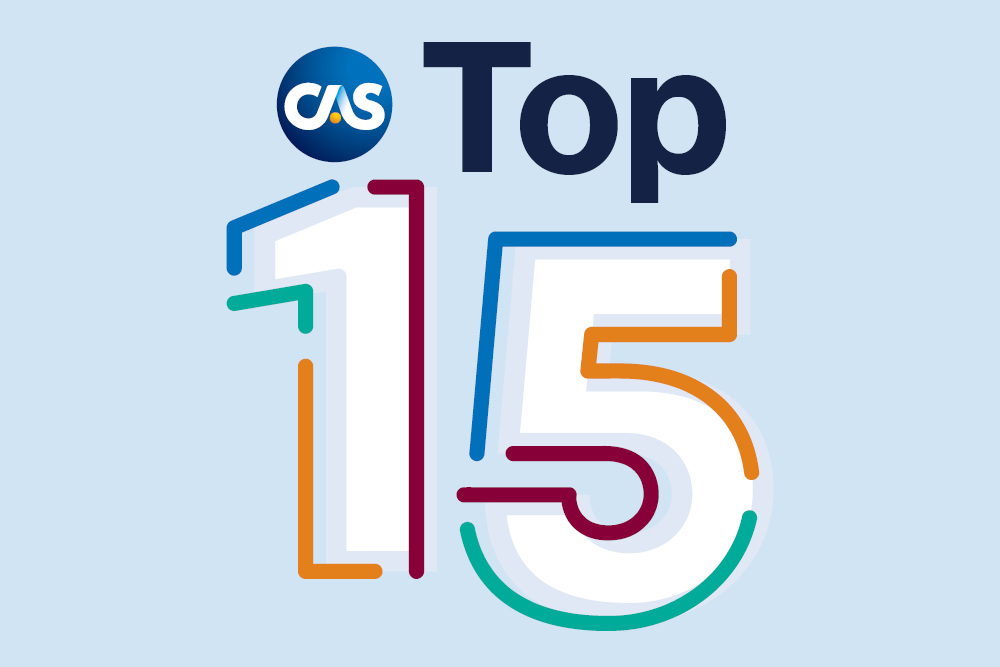
Over a century ago — even prior to the establishment of the modern SOA and CAS — individuals specializing in various insurance domains within different companies began congregating to exchange insights, collaborate and collectively advance their expertise on risk management using mathematics and statistics. Since its inception, actuarial science has embraced an open exchange of ideas, amassing a substantial repository of freely accessible papers, monographs and studies, all generously made available by the CAS and other research organizations.
Open-source software is designed to be publicly accessible — anyone can see, modify and distribute the code as he/she sees fit. These tools manifest in diverse forms, encompassing operating systems, software applications, programming languages and database management systems, among others. In 2019, the CAS inaugurated a GitHub site, extending the ethos of actuarial science to encompass open-source software tools.
However, prior to determining one’s involvement, it is prudent to compare the advantages and disadvantages of adopting or using open-source tools compared with using other proprietary software products.
Open-Source Tools Pros and Cons
Pros:
- Cost: Open-source tools are cost-effective because they are typically free to use, making them accessible to individuals and organizations with limited financial budgets.
- Permission: Open-source licenses often allow for extensive freedom in how the software is used, modified and distributed, enabling diverse and innovative applications. The software often has standardized licenses. We can finally leave our lawyers out of it.
- Transparency: Open-source tools provide transparency into their codebase, fostering trust and enabling users to verify security, functionality and privacy.
- Reproducibility: Because these tools are transparent, anyone will be able to reproduce and replicate the results published by someone else.
- Flexible: Open-source tools can be customized and adapted to suit specific needs, making them versatile for a wide range of applications and industries. In fact, most open-source tools are utilized because of their flexibility.
- Direct access to developers: Users of open-source tools often have direct access to the developer community, facilitating quick issue resolution and collaboration. There’s no need to go through helpdesks and wait for your tickets to be rerouted by customer service agents that have little to no clue what you are asking for.
- Speed: Open-source tools are generally faster, especially for making complex calculations or running simulations.
- Source of ideas and talent: Open-source projects attract talent from around the world, fostering innovation and generating new ideas that benefit the entire community.
- Democratic: Open-source tools can promote an inclusive and democratic development model, where contributions and decisions are made by a global community rather than a single entity.
- Pull requests: Open-source projects encourage collaboration through “pull requests” that can be made when an independent developer wants his/her code or contribution “pulled” into the main project’s code repository. This allows anyone to contribute by fixing bugs or implementing new features to the project.
- Fork: In the event of a disagreement (for example, when a pull request is rejected) the ability to fork open-source projects allows users to create new versions of the software, promoting diversity and competition in the development ecosystem.
Cons:
- Skills: Open-source tools can be more complex, necessitating a more significant up-front investment of time and effort to master compared to some commercial alternatives, especially if you need to customize the tools for your specific needs.
- Familiarity: Open-source tool projects are often foreign to many users, both in terms of understanding the raw source code and accessing results. This sometimes creates additional friction between business units.
- Compatibility: Compatibility issues may arise when integrating open-source tools with existing legacy systems, potentially causing disruptions and additional development efforts.
- Usage restrictions: Some organizations may have cybersecurity policies or governmental regulatory constraints that limit the use of open-source tools, potentially hindering their adoption.
- Limited resources: Open-source projects may experience irregular maintenance or even abandonment due to their limited resources, leaving users with outdated or unsupported software and potential security vulnerabilities.
- Intellectual property & licenses: Users sometimes need to be aware of the various open-source licenses and the associated permissions and requirements and how these would impact their company intellectual property. For example, the General Public License (GPL) requires derivative works to be distributed under GPL terms, which means the derivative works must be open-source as well.
CAS Technology Survey

The CAS conducts an annual technology survey, and the responses to the question “In which of the following tools do you plan to increase your proficiency in the next 12 months?” speak for themselves. Respondents are overwhelmingly interested in advancing skills that utilize open-source concepts; the top three choices (R, Python, and SQL) are all open-source tools. Even though the respondents might not consider if a project is open-source or not as the most important criteria, there is a certain appeal to open-source tools that make them popular and attractive.
Examples of Top-Rated Actuarial Open-Source Tools
ActuarialOpenSource.org, which is an open-source project itself, compiles a list of all popular actuarial open-source projects across all practicing disciplines. And of the top five projects (ranked by GitHub stars[1]), three of them are property and casualty related.

#1 chainladder-python (P&C, Python): The chainladder-python package offers a range of features including manipulation of triangle data, calculation of link ratios and estimation of IBNR using both deterministic and stochastic models.
#2 lifelib (Life, Python): lifelib serves multiple purposes, including model validation, pricing, research, valuation, asset-liability modeling, risk assessment and modernization of actuarial practices by replacing spreadsheet models.
#3 OasisLMF (P&C, Python): OasisLMF offers a comprehensive command-line toolkit for the end-to-end development, testing and execution of Oasis models. These models can calculate ground-up losses, direct/insured losses and reinsurance losses.
#4 ChainLadder (P&C, R): ChainLadder is an R package designed for insurance claims reserving, offering a range of methods and models commonly used in the field. This is also the original package that inspired chainladder-python.
#5 modelx (General, Python): modelx is a numerical computing tool that transforms Python into a spreadsheet-like environment. It is ideally suited for implementing complex mathematical models expressed through extensive systems of recursive formulas.
Other Notable Open-Source Initiatives (in Alphabetical Order)
actuar (P&C, R): actuar is one of the first open-source projects. It focuses on computational functionality for additional probability distributions, loss modeling, risk and ruin theory, simulation capabilities and credibility theory.
actuaRE (P&C, R): actuaRE allows you to fit a random effects model using either the hierarchical credibility model, a combination of the hierarchical credibility model with a generalized linear model or a Tweedie generalized linear mixed model.
aggregate (P&C, Python): aggregate is a modeling library designed to provide approximate compound distributions using DecL, an expressive domain-specific language.
FASLR (P&C, Python): FASLR is a graphical user interface for open-source reserving packages, mainly chainladder-python.
Loss Data Analytics (general, language-agnostic): Loss Data Analytics is a freely available textbook that discusses many insurance topics such as modeling frequency and severity, model selection, aggregate loss models, simulations, risk classification, experience rating, credibility theory, portfolio management and many more.
What’s Next for Actuaries and Open-Source Projects?
Over a century ago, all the P&C actuaries practicing in North America could — and sometimes did — fit into a hotel ballroom to exchange ideas and advance the profession. This model has evolved in the decades since. Academic publication continues, but does it meet the moment? Open-source tools seek a level of transparency and reproducibility that was unthinkable when the profession began. It is no longer necessary for a modern actuary to reinvent the tools that he/she often uses. But to fully exploit this opportunity, actuaries — along with their employers and actuarial organizations – must be willing to expose ideas tangibly and openly. Other fields are prepared for this. Are we?
Special thanks to Gene Dan from SCOR, John Bogaardt from WCF, Kenny Lee from Tokio Marine, Matthew Caseres from Intrepid Direct, Patrick Yu from Kaiser Permanente, Rajesh Sahasrabuddhe from Oliver Wyman and Robert Ballmer from ISMIE Mutual for contributing ideas to this article. Also, thanks to the many developers for maintaining these open-source tools and projects.
Kenneth Hsu, FCAS, MAAA, CSPA, is head of actuarial for Breach Insurance and a member of the AR Working Group. Brian Fannin, ACAS, CSPA, is a consultant for Milliman.
[1] GitHub stars: A “star” in GitHub is a way for users to indicate that they like a particular repository or that they find it useful. When a repository is starred, its developers are notified, which can serve as a way to encourage them to continue developing and maintaining the project.













